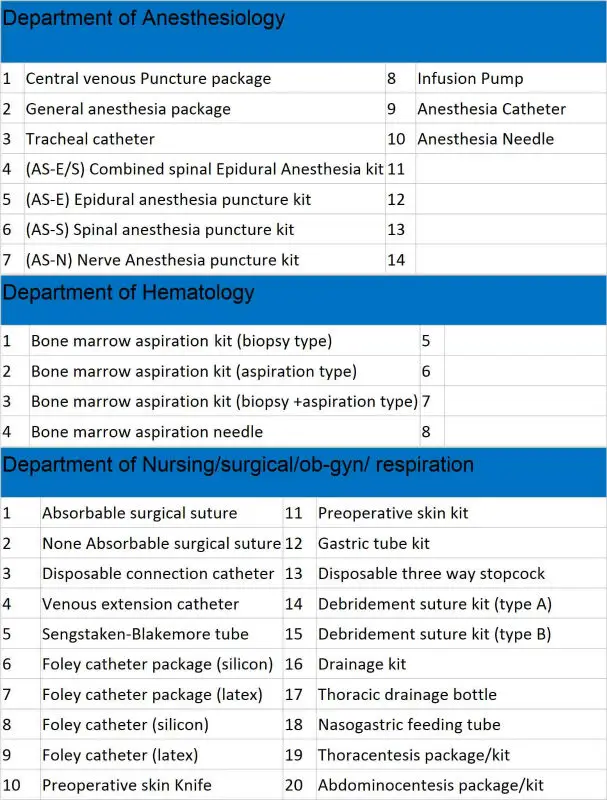"Unlocking Opportunities: A Comprehensive Guide to FSA Direct Loan for Students"
#### Understanding FSA Direct LoanThe FSA Direct Loan program, or Federal Student Aid Direct Loan, is a crucial financial resource for students seeking to f……
#### Understanding FSA Direct Loan
The FSA Direct Loan program, or Federal Student Aid Direct Loan, is a crucial financial resource for students seeking to fund their higher education. This program is administered by the U.S. Department of Education and provides low-interest loans to eligible students. Understanding the intricacies of the FSA Direct Loan can empower students to navigate their educational financing options effectively.
#### Types of FSA Direct Loans
There are primarily three types of FSA Direct Loans available to students:
1. **Direct Subsidized Loans**: These loans are available to undergraduate students with demonstrated financial need. The government pays the interest while the student is in school at least half-time, during the grace period, and during deferment periods.
2. **Direct Unsubsidized Loans**: Unlike subsidized loans, these are available to both undergraduate and graduate students, and financial need is not a requirement. However, the student is responsible for paying the interest at all times.

3. **Direct PLUS Loans**: These loans are available to graduate or professional students and parents of dependent undergraduate students. They require a credit check, and they typically have higher interest rates compared to subsidized and unsubsidized loans.
#### Eligibility Requirements
To qualify for FSA Direct Loans, students must meet certain eligibility criteria. These include being enrolled at least half-time in an eligible degree or certificate program, maintaining satisfactory academic progress, and demonstrating financial need for subsidized loans. Additionally, students must complete the Free Application for Federal Student Aid (FAFSA) to determine their eligibility.
#### Application Process

The application process for FSA Direct Loans is straightforward. Students begin by completing the FAFSA, which collects information about their financial situation. Based on this information, the school’s financial aid office determines the loan amount a student is eligible to receive. Once the loan is awarded, students must complete entrance counseling and sign a Master Promissory Note (MPN) to receive their funds.
#### Loan Limits and Interest Rates
FSA Direct Loans have specific borrowing limits based on the student’s year in school and dependency status. For instance, undergraduate students can borrow up to $5,500 to $12,500 per academic year, while graduate students can borrow up to $20,500 per year. Interest rates for Direct Loans are fixed and can vary each year, so it’s essential for students to stay informed about current rates.
#### Repayment Options

Repaying FSA Direct Loans can be managed through various repayment plans, including Standard, Graduated, and Income-Driven Repayment plans. Students should consider their financial situation and long-term goals when choosing a repayment plan. Moreover, loan forgiveness programs may be available for those who work in public service or other qualifying fields.
#### Conclusion: The Importance of FSA Direct Loans
In conclusion, the FSA Direct Loan program is an invaluable resource for students pursuing higher education. By understanding the types of loans available, eligibility requirements, application processes, and repayment options, students can make informed decisions that will help them finance their education effectively. With the right knowledge and planning, FSA Direct Loans can unlock opportunities for countless students striving for academic success and a brighter future.